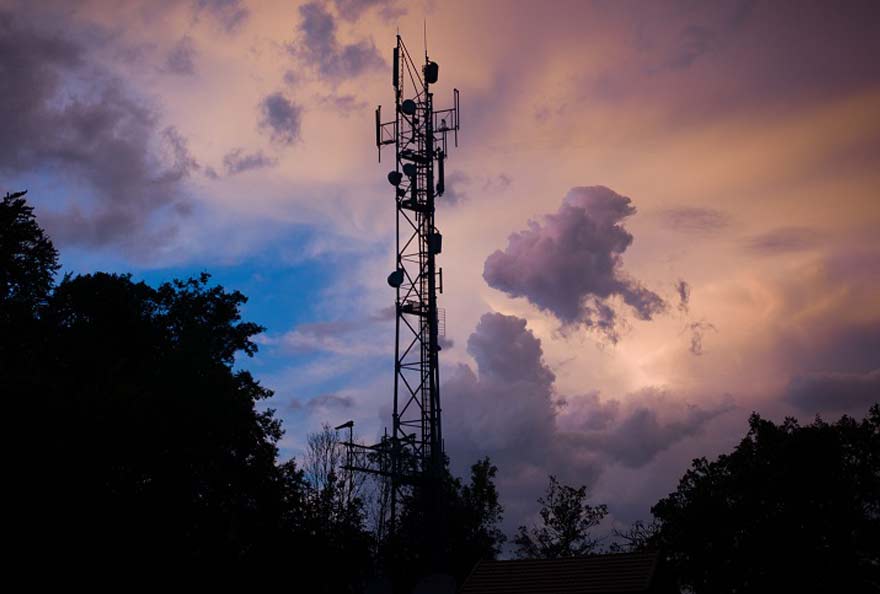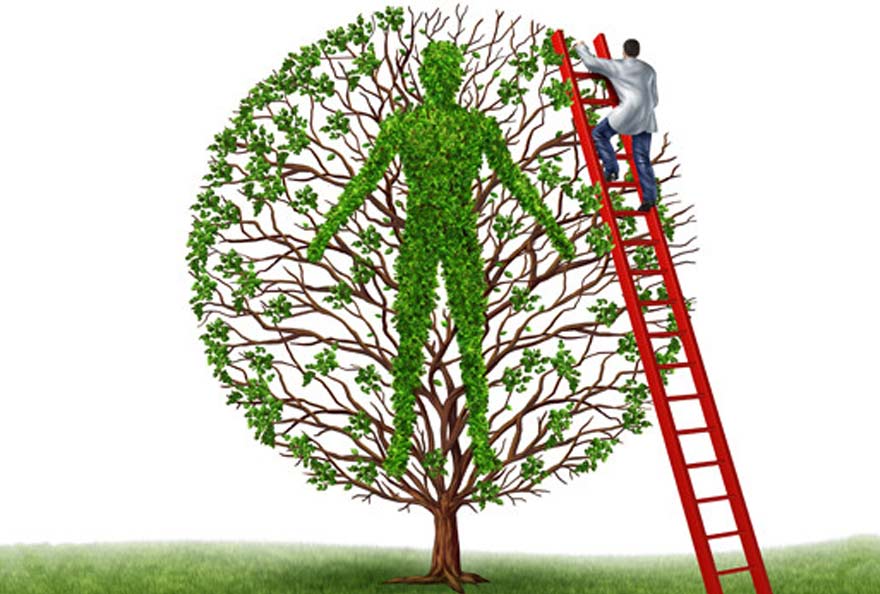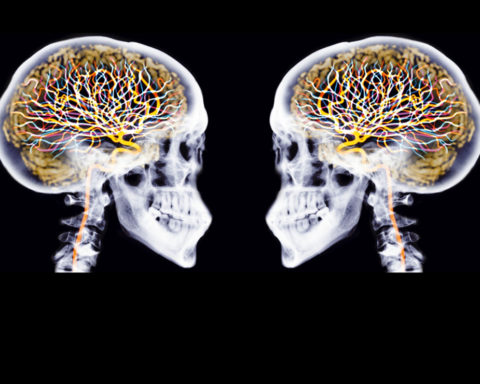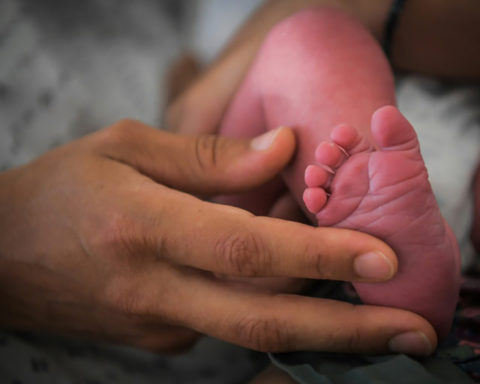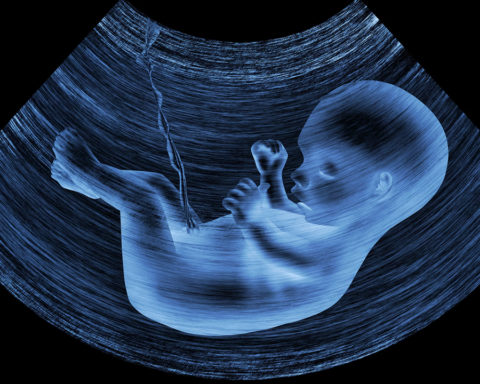Will the thousands of electrosensitive people in France finally be able to come out of their isolation?
A court decision of the Toulouse court of August 25, 2015 could set a precedent and open the way to more recognition for patients with electro-sensitivity, finally admitting this allergy to electromagnetic waves as a serious handicap. But an innovative application of augmented reality could also allow a visualization of this world of waves in which we live, avoid them and perhaps allow a normal life.
Antennes relay, wifi, low frequencies, mobile phones, ... are the worst nightmares of these patients. suffering from headaches, insomnia, tachycardia, burns, not always taken into consideration by our country's health authorities. According to the National Institute for Health Surveillance (INVS), a lack of a precise clinical description of the disease would not allow its recognition and treatment. The legal decision of the Toulouse Court would therefore allow more workers to be recognized as disabled and to be compensated.
Robin Hood action
It is thanks to the action of the association Robin Hood and its representative, Etienne Cenrier, who campaigns for health safety in wireless technologies, that this court decision was successful. Originally, Marine Richard, a former journalist, had been living in seclusion in the mountains of Ariège for five years to avoid all electromagnetic waves, preventing her from working. The judgment of the Toulouse incapacity tribunal thus recognized, after medical expertise, the plaintiff's request. In this judgment, it is estimated that her functional impairment is 85 % "with substantial and lasting restriction in access to employment". Consequently, the court granted her the right to a "compensation benefit" for disabled adults for three years, possibly renewable, in the form of technical assistance and home improvements, according to Le Monde.fr.
Waiting for effective processing in this world saturated with wireless signals...But which one?
What practical solutions?
Despite controversies between experts, patients and environmental associations, which highlight the precautionary principle and call for the creation of "white zones" or "safe havens" without electromagnetic waves, une public exposure act to electromagnetic waves generated by wireless technologies was adopted in January 2015: the first in France to implement a prevention policy such as on "sobriety, transparency, information and consultation in relation to exposure to electromagnetic waves".. In addition, en 2016, the health security agency is due to report on the effects of the airwaves on our health. The AFNR (National Frequency Agency) will also have to carry out, each year, a national census of "atypical points", i.e. "places where the level of public exposure substantially exceeds that generally observed on a national scale". (Source : Le monde.fr - January 2015).
But between the advocates of stricter regulation of this sector and the wireless operators, who are opposed to any regulatory obstacles, the problem is not ready to be resolved.

A technological innovation to see the invisible
" We are completely surrounded by an invisible system of data cables and radio signals from access points, phone towers and other satellites " says the Dutch artist designer Richard Vijgen on its website presenting its application "The Artchitecture of Radio" who allows you to visualize the waves of wireless communications around you, but also signals from telephone antennas and observation satellites.
This application retrieves the surrounding data and restores, in context, all network communications. The application uses the available databases such as maps listing the relay antennas and then reproduces the live schematic, in a precise location, thanks to GPS. The designer also uses the Ephemeris from NASA, which locates the satellites. Thanks to this data, the system will calculate the orbital position of the devices sending signals and then display the waves in augmented reality. allowing you to completely rediscover where you are. Richard Vijgen says he used two different software programs to make the images: Three.js which allows you to create 3D scenes and Iconic Framework which is used to create mobile applications (Source : Gizmodo).
The application will be ready in December 2015 for iOS and in spring 2016 for Android. But a version of the application will be presented to the public at the ZKM Centre for Art and Media in Karlsruhe, Germany, from September 2015 to April 2016.
Can visualizing the "hidden" world of digital networks recreate human links? Enabling these electrosensitive people to break out of their isolation and pain is essential. If technological innovation is added to public and political awareness, can we manage to build the future in the service of renewed solidarity? As Roger Pol-Droit said at a Red Cross symposium in 2014, "It is a juxtaposition of the best and the worst, but above all it is a way of thinking about a new distribution of links, new interactions and new solidarities.


